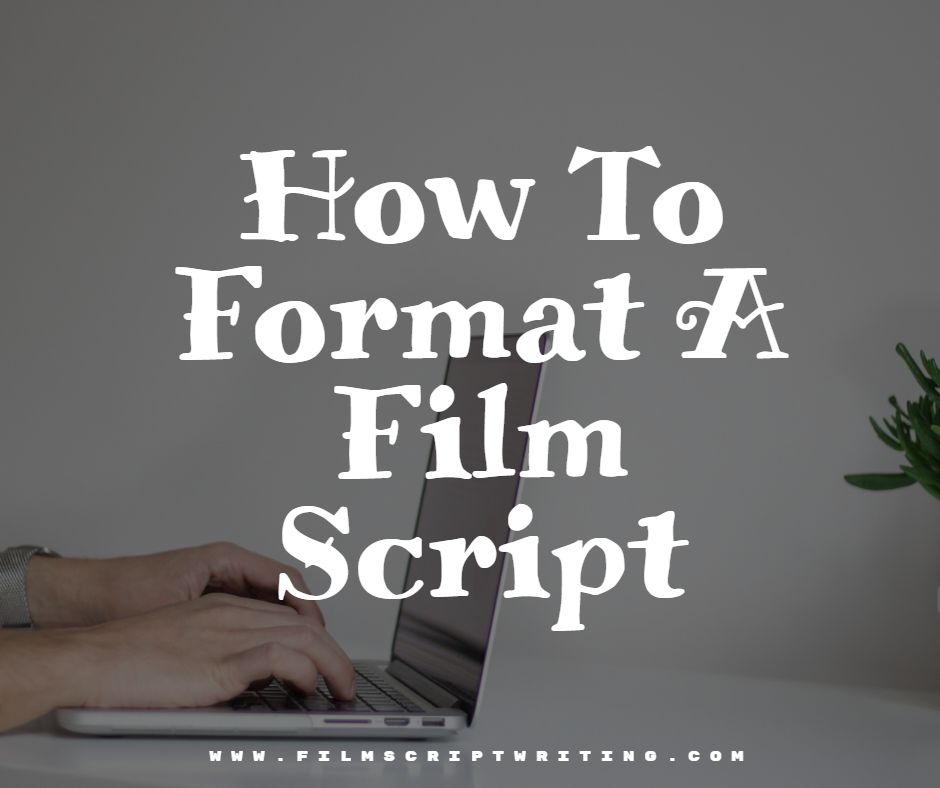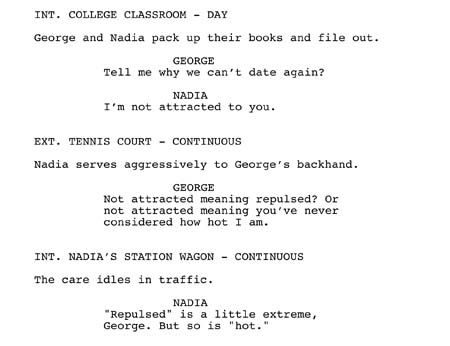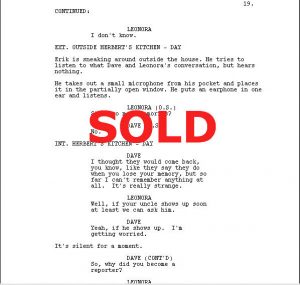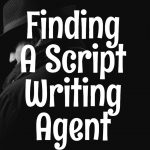Film Script Formatting

How well do you know the industry standard for Film Script Formatting? If there’s one thing that puts off prospective scriptwriters more than anything else, it’s not knowing how to correctly format a script.
There are basically two ways to do this. Either buy a piece of scriptwriting software which does the bulk of the work for you (CLICK HERE For Some Software Recommendations), or learn how to do it yourself on word processing software like Microsoft Word.

If a Hollywood executive comes across a script with a poor movie script format, they will instantly dismiss it as the work of an amateur. The script could be a sure fire box office smash, but without the correct format it is unlikely to be read.
The script you are selling is known as a spec script. This is because it’s written under the speculation it will be optioned later. At this stage it is important to avoid adding camera angles, editing directions, or anything technical unless absolutely necessary.
You might have read a Tarantino or Kubrick script littered with these. That’s because they are writer/directors. If you’re selling your first script, it is a lot easier to do purely as a scriptwriter rather than writer/director. Production companies are a lot more likely to take a risk on an unknown writer than an unknown writer-director.
Formatting Scene Headings (Includes montages and flashbacks)
Formatting Dialogue In A Foreign Language
Formatting Electronic Dialogue (Television, radio, telephone, computers)




I’m looking for a editor to type manuscript for me. Right now it is handwritten in script format.
I am working a script where a son and his father have a conversation.
The father is deaf but the son is not. However, due to this circumstance, the entire conversation is carried out in silence with sign language.
My instinct tells me to point this out in the action narrative with the indication of subtitles for the conversation.
Am I on the right track?